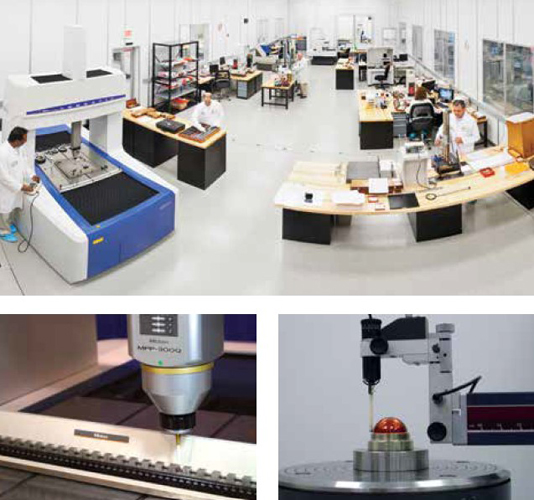
Arc calibration of fusion splicers
• Fiber splicing is the permanent joining of two optical fibers.
• There are two types: mechanical splicing and fusion splicing.
• Mechanical splicing involves holding two fibers butt-to-butt, causing worse insertion loss and back reflection.
• Fusion splicing is the most widely used method due to its low insertion loss and virtually no back reflection.
• Fusion splicing involves five basic steps: splicing, stripping, cleaning, clearing, putting fibers into splicers, starting, and heating up the protection sleeve.
• Core alignment fusion splicers use multiple cameras to inspect the fibers before fusing and allow for multiple axis movement.
• Clad alignment splicers line up fibers for splicing based on the outer diameter of the fiber's cladding.
• Handheld fusion splicers revolutionize the industry with their compact and portable design.
• Mode Field Diameter (MFD) and Core-Clad Concentricity are the biggest splice loss contributors in single mode fibers.
• Practitioners must remain aware of differences in fibers, equipment, environment, and technique. Understanding fusion splice process capability and splice loss measurement helps ensure realistic expectations of splice loss.




